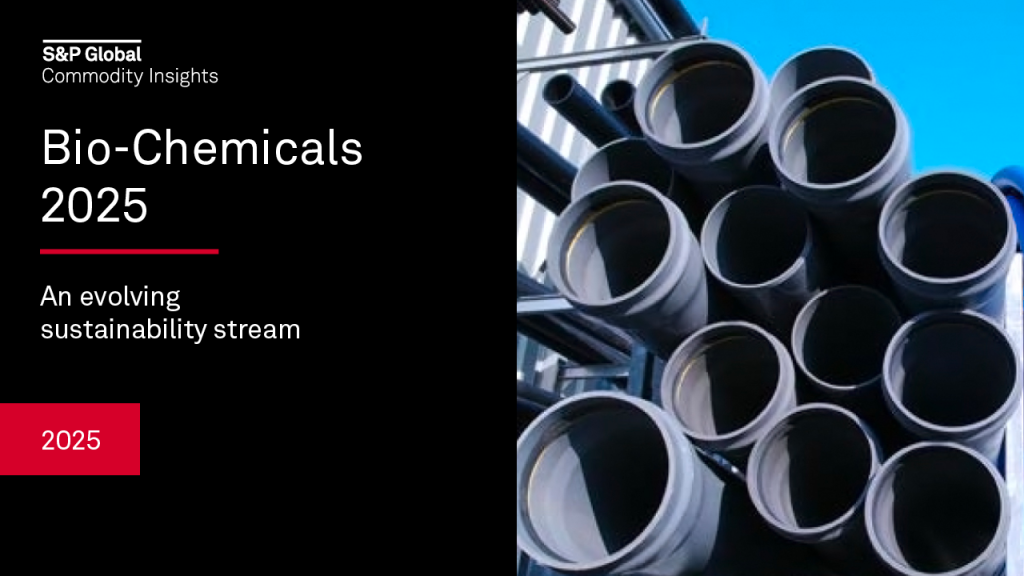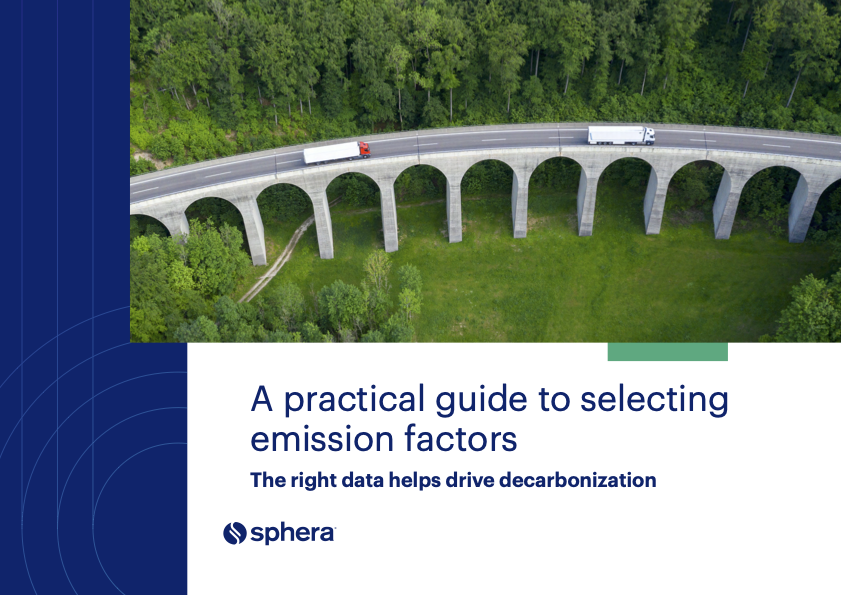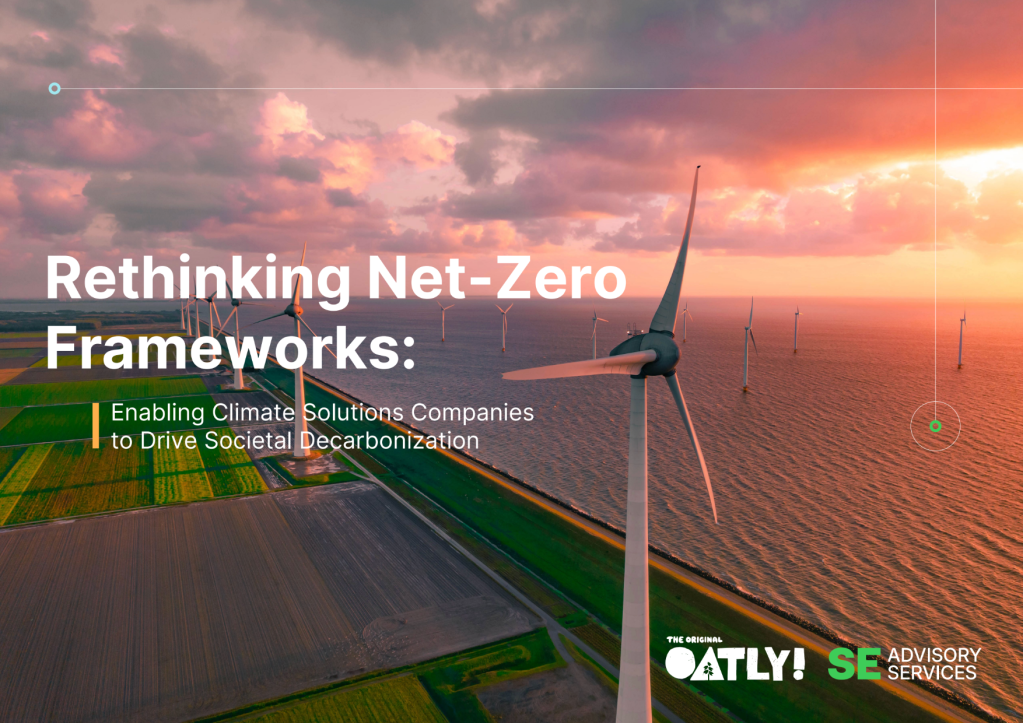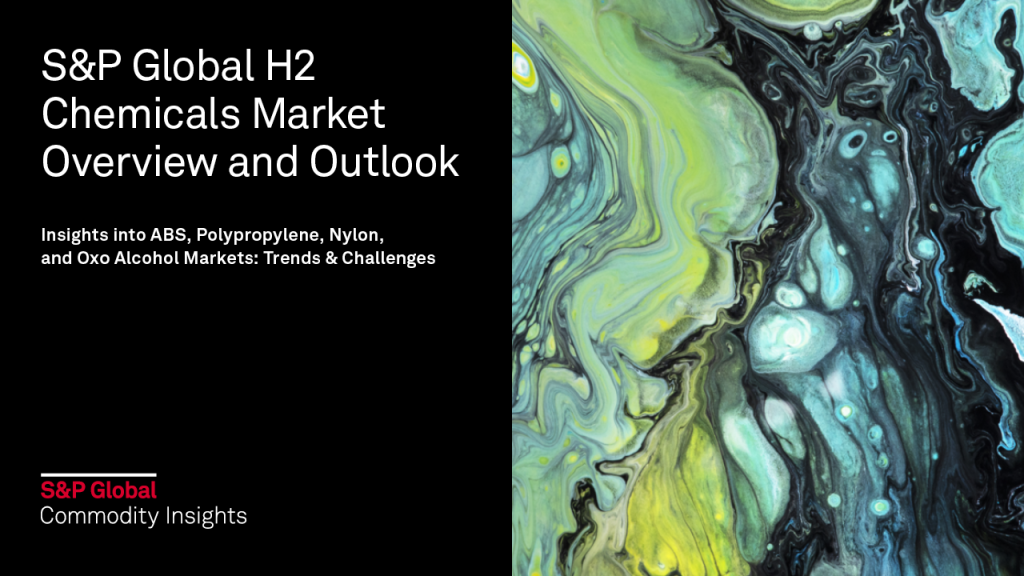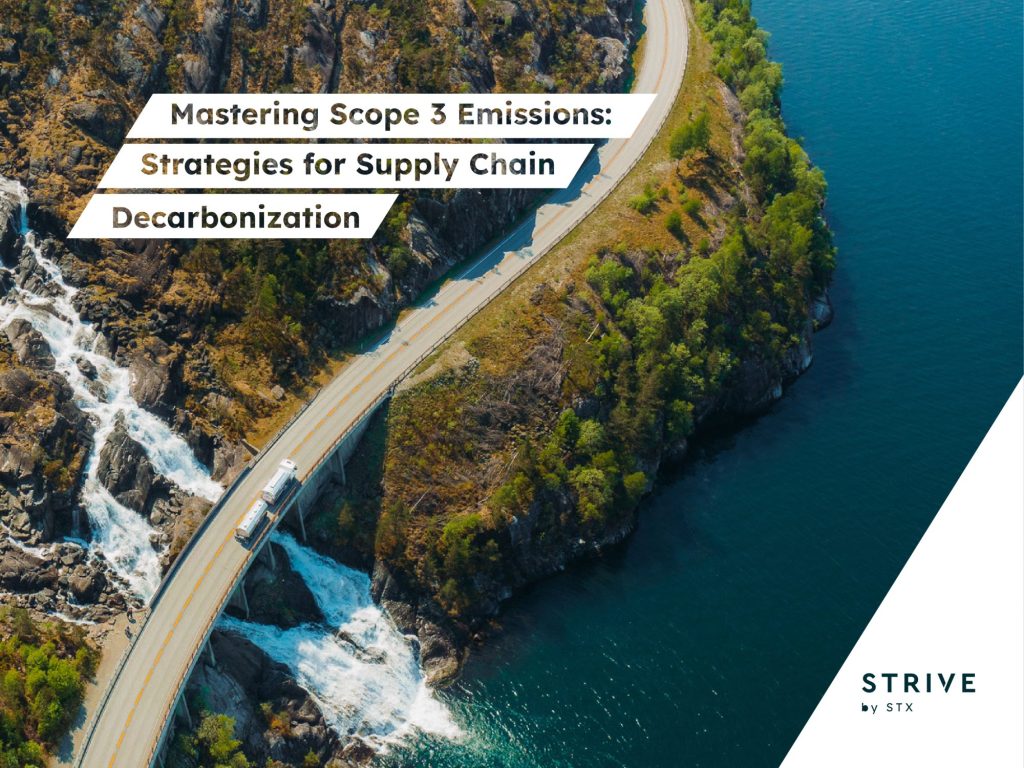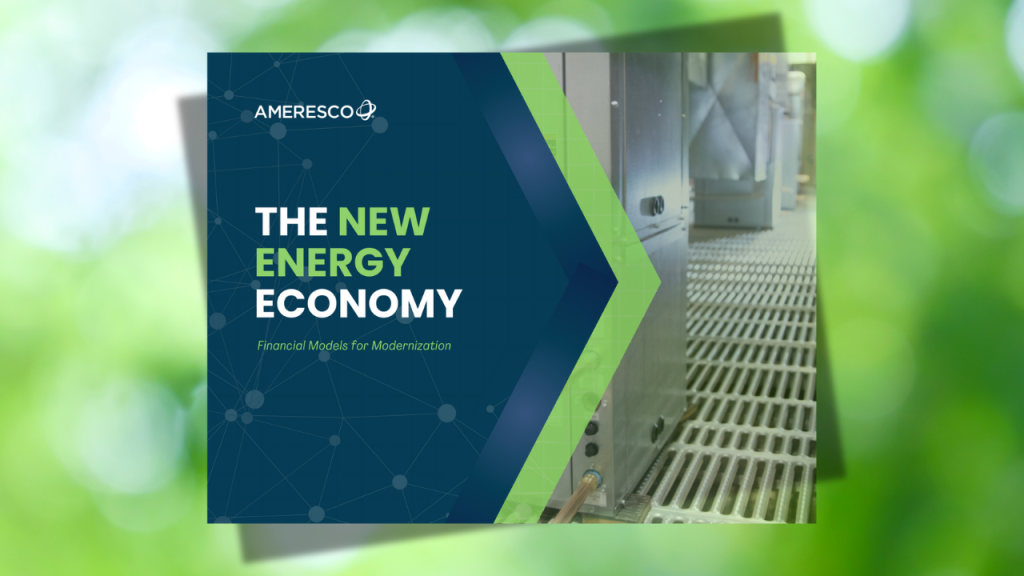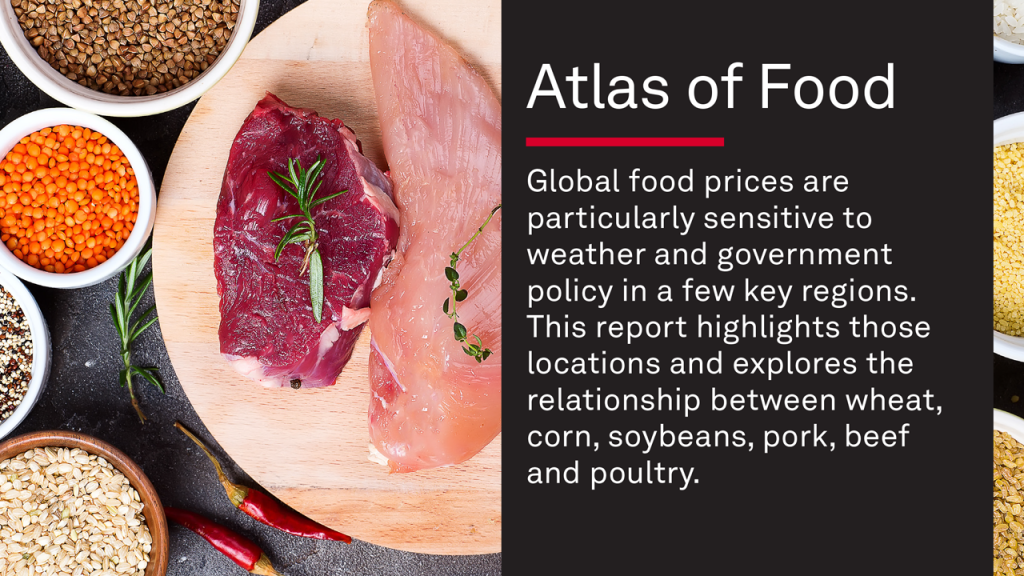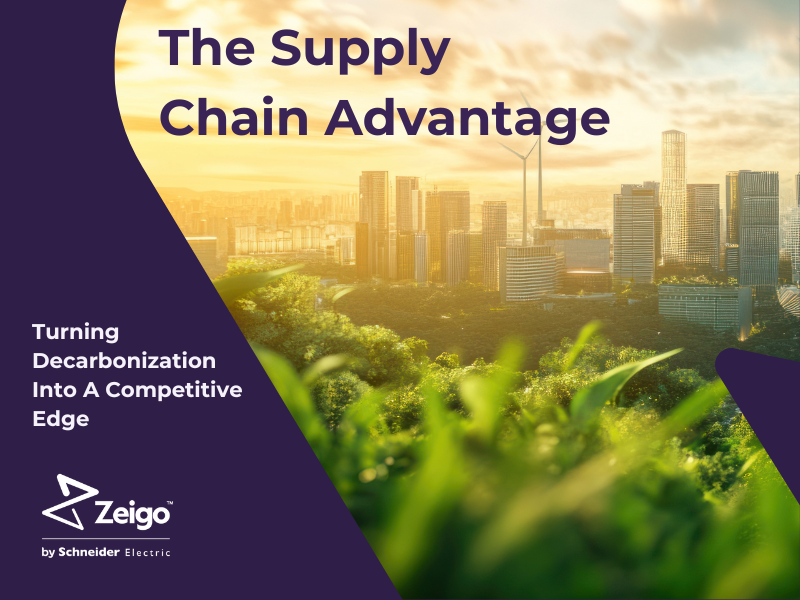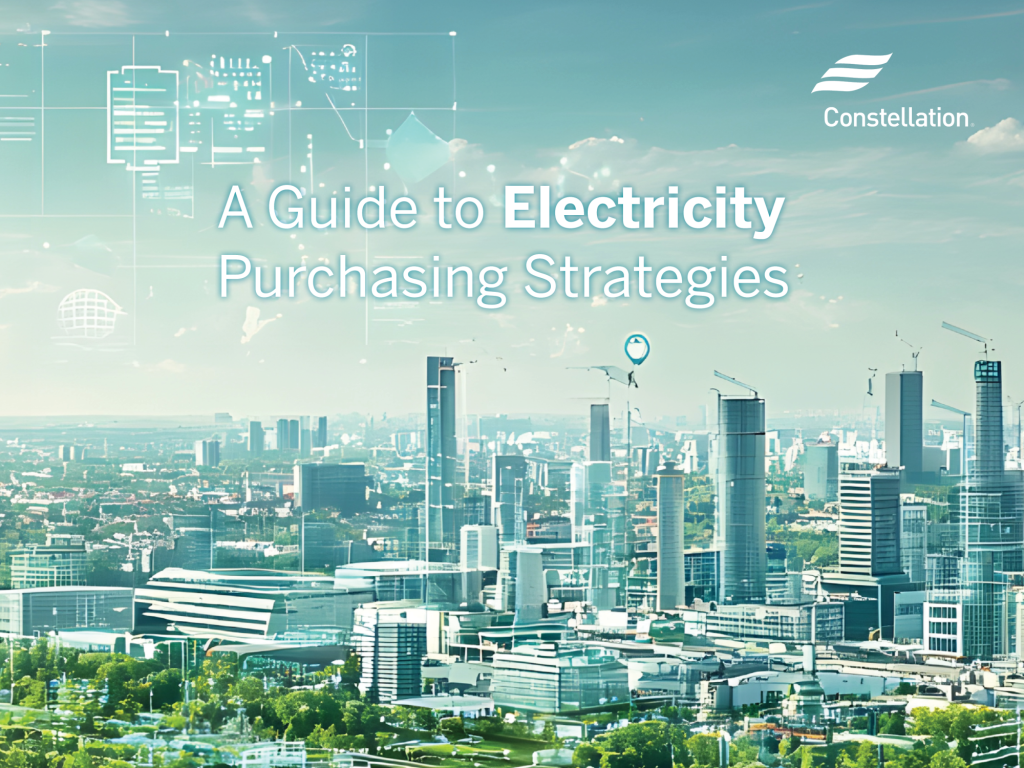Companies need a new way to measure impact. “Spheres of Influence” offers one possibility
Can a new measurement of influence keep from becoming greenwash? Read More

- The familiar Scope 1–3 emissions framework captures a company’s footprint — but not its broader influence.
- A new model aims to systematize and measure these wider impacts.
- Early adopters, from Unilever to Oatly, are already testing how it can guide strategy and expose blind spots.
What happens when the world’s dominant measurement system for corporate climate impact no longer reflects the world we’re operating in? And what should replace or supplement it?
That’s the focus of this episode of the “Two Steps Forward” podcast: a new framework for assessing a company’s real climate impact.
The impulse for the “Spheres of Influence” framework emerged at COP28 in Dubai, where Futerra, Oxford Net Zero and others began asking a deceptively simple question: Does the Scopes system accurately reflect a company’s climate impact? (Trellis’ Jim Giles recently wrote about the Spheres of Influence model.)
Scopes measure operational and supply-chain emissions — essential factors, but only one dimension of corporate influence. Many companies, especially in tech, media and consumer behavior, have relatively small footprints but enormous power to shift culture, policy, capital and public norms.
“Scopes are about how to do less bad,” said consultant Solitaire Townsend, my podcast co-host and co-author of the framework. “But if business is going to be part of the solution, we need a way to measure how companies influence the world beyond their emissions.”
The Spheres framework
The new model outlines three spheres, broken into roughly 30 “sub-spheres” that capture how companies shape systems, markets and public behavior.
- Sphere A: Products and services. How offerings enable emissions reductions or accelerate decarbonization for customers, sectors or society.
- Sphere B: Finance and investment. R&D, capital allocation, advanced market commitments, innovation funding, offtake agreements — the forces that bend markets toward climate solutions.
- Sphere C: Advocacy and public engagement. Lobbying, industry association behavior, public messaging, cultural influence — all the activities that shape the enabling environment for climate action.
It’s a broad framework, intentionally so. “This is the Wild West right now,” Townsend said. “We’re trying to bring some law to it.”
The risk: turning influence into fluff
All this, of course, raises the perennial concern: How do we keep measurements of influence from becoming greenwash?
Companies love to spotlight the good they’re doing while downplaying the harder work of reducing emissions or confronting real-world trade-offs. Without guardrails, spheres could become a new playground for corporate spin.
Townsend agrees. In fact, she said, that’s why Oxford Net Zero’s role has been essential. Ensuring the framework is academically grounded, peer-reviewed and defined with boundaries.
One important safeguard: Spheres cannot be used to offset or excuse poor performance in scopes. The two domains must remain separate.
Early adopters — and early learnings
Several companies are already testing the framework, including Unilever, Chanel, Natura, Kao and Oatly. The oat-milk maker even offered itself as a stress test — and was surprised by the results.
“They realized they needed to do much more in Sphere B,” said Townsend. “They weren’t investing as much as they could to help the rest of the system decarbonize.”
That’s the point, she pointed out: Spheres should reveal gaps, not just successes.
The strongest interest, notably, is coming from emerging markets — places that are building new industrial systems rather than retrofitting old ones. For companies in South America, Asia and Africa, spheres feel better aligned with their realities than the Global North–centric scopes framework.
What comes next
The next milestone will arrive next year, when Futerra and Oxford Net Zero publish proposed metrics and KPIs for the spheres — a moment that will determine whether this idea becomes a meaningful tool or one more passing framework in a crowded landscape.
From there, governance bodies will decide whether — and how — to adopt it. “It’s not Futerra that will become a standard-setter,” said Townsend. “But we’re working so this can integrate with ISO, SBTi and others over time.”
If scopes describe a company’s footprint, spheres aim to describe its reach. At a moment when climate progress can’t rely on governments alone — and when the private sector’s role is both contested and essential — that distinction may matter more than ever.
The Two Steps Forward podcast is available on Spotify, Apple Podcasts, YouTube and other platforms — and, of course, via Trellis. Episodes publish every other Tuesday.

